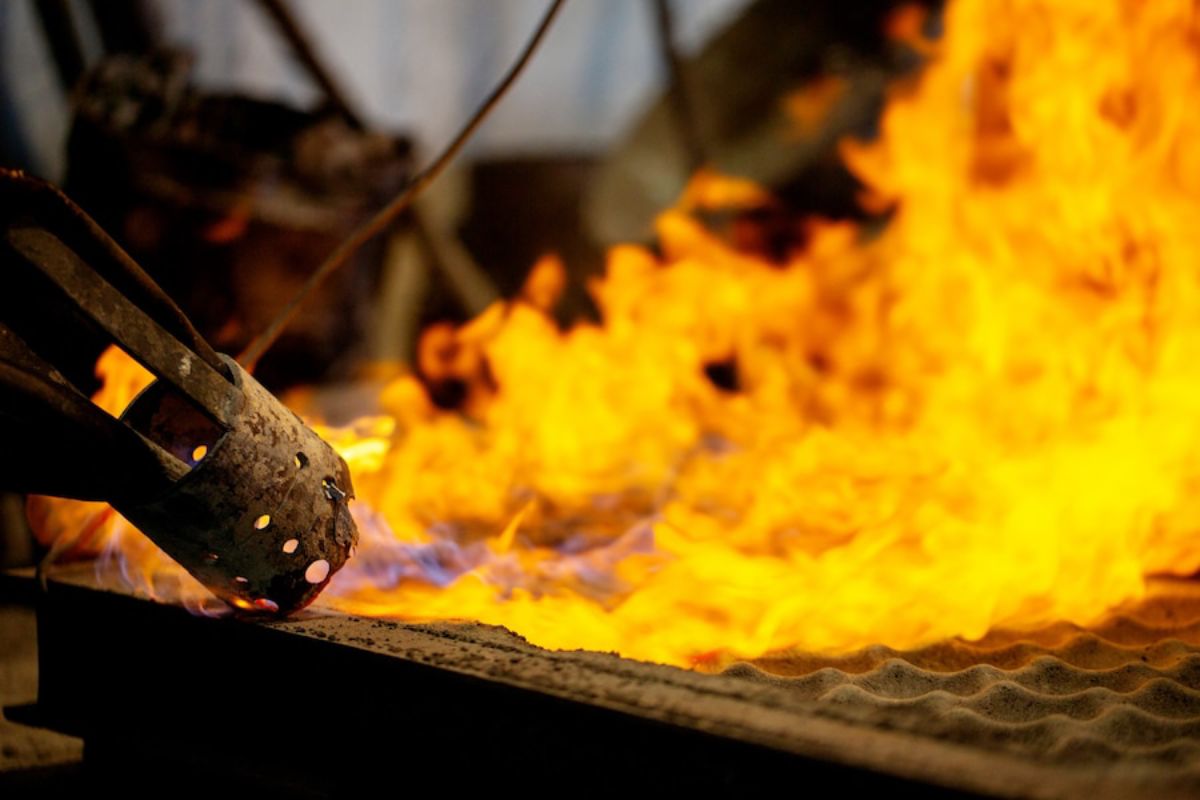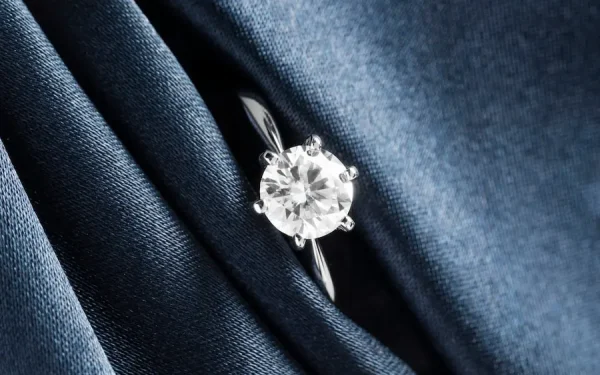How Far Can You Fire at Steel Targets?

Steel targets are a great addition to any shooter’s training regimen. They are more durable than paper targets and offer a more realistic shooting experience. However, they have a few extra safety precautions that must be considered. For one, they should be hung at the correct distance to avoid ricochets. Using the proper ammunition and angling the target can also reduce the risk.
Minimum Safe Distances
When shooting steel targets, it’s essential to follow manufacturer guidelines and best practices. It includes using the correct caliber for the target and keeping a safe distance. Most shooting accidents are caused by carelessness and disregard for safety. Following the recommended stretches and basic firearms safety rules will prevent most ricochet incidents. For example, you should always wear certified eye protection (ANSI Z87.1) and a helmet when shooting at steel targets. Additionally, it’s a good idea to place wood barriers a couple of yards in front of steel targets to block return splatter and fragmentation.
It’s also important to keep the target in good condition. Damaged steel targets can easily backfire, potentially putting shooters and spectators at risk of injury. It should be replaced with functioning steel shooting targets if a target’s face is visibly damaged or worn. It’s also recommended to wear long pants, a long-sleeve shirt, and closed-toe shoes when shooting at steel targets. It helps to protect you from potentially errant fragments that could hit and injure you.
Ammo Restrictions
Incorrect ammo, dangerous distances, and faulty targets can all contribute to bullets bouncing off steel targets and potentially injuring a shooter or bystander. However, if all safety rules are followed, and proper eye protection is worn, there should be little risk of injury from errant shrapnel. Generally, it’s best to avoid armor piercing or steel core ammo when shooting steel targets because they can cause dangerous ricochets. Copper-jacketed or frangible ammo, designed to disintegrate on impact, is generally considered safe when hitting steel targets.
Ideally, a reactive target that spins or swings when hit, will help redirect any potential ricochets downward, further increasing safety. In addition, all steel targets should be hung and mounted correctly so they are not dinged or dented, which can send ricochets in an undesirable direction. The hardness of the steel target is another important factor to consider because softer, lower-quality steel can deform on impact.
Safety
Taking the proper safety measures is crucial to shoot steel targets safely. The correct caliber, target thickness, and mounting method can reduce the risk of dangerous ricochets. Using a steel target that isn’t designed for what you’re shooting can damage it, causing divots or pitting, which may cause the bullet to ricochet in unintended directions.
Shooting closer than recommended can also lead to catching errant splashback from the ammo. The safest way to avoid this is by ensuring that you have certified eye protection and proper clothing when shooting. Some types of ammo also pose a higher risk than others when shooting at steel targets due to their lack of energy to disrupt the target on impact. Using the proper ammunition at the correct distance can drastically reduce this risk. The target’s angle can also significantly affect how the ammo ricochets or splatters.
Caliber Restrictions
Unlike paper targets, steel targets give shooters immediate feedback on whether or not they hit their mark. They also hold up much better over time than cardboard and other targets. However, shooting steel targets can still pose a significant risk if the proper precautions aren’t taken. It includes using a minimum safe distance, avoiding shooting at damaged targets and following manufacturer guidelines and best practices. Generally speaking, staying at least ten yards away from a steel target with a pistol or shotgun and at least 100 yards away with a rifle is recommended. In addition, it’s important to avoid using armor-piercing ammunition or steel core bullets and stick to frangible rounds. These are made with a pressed metal powder that explodes on contact with hard targets instead of penetrating them.






